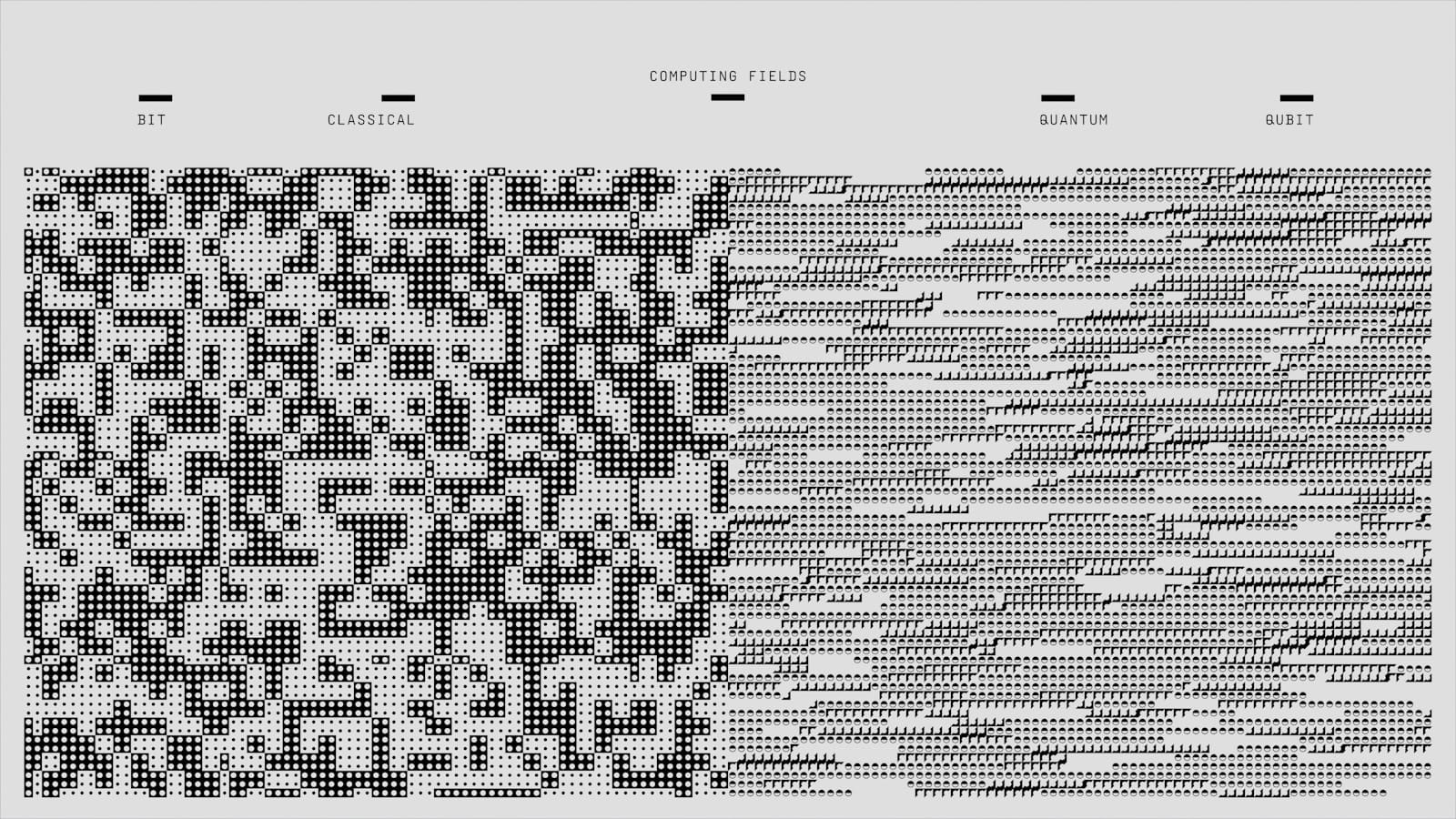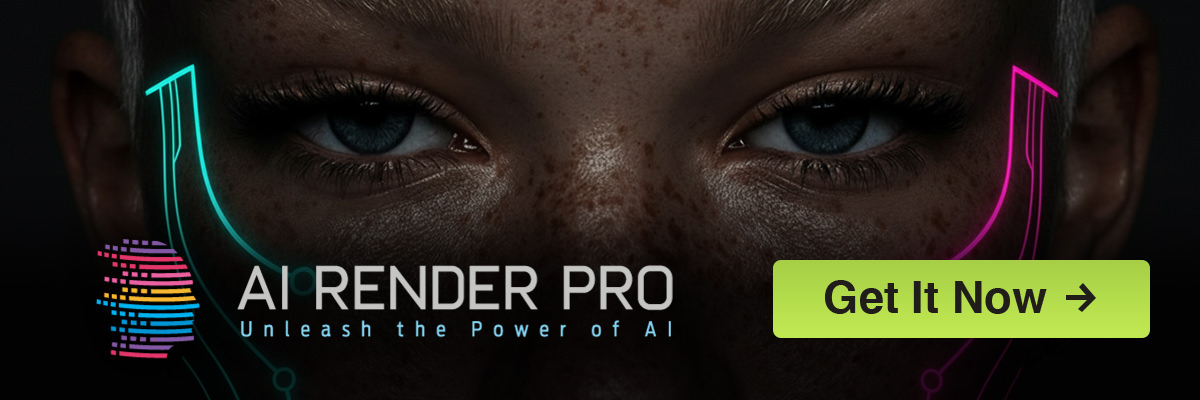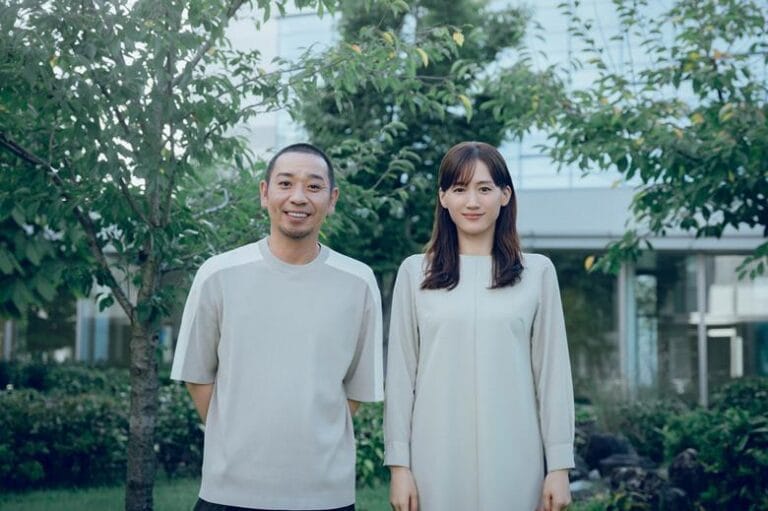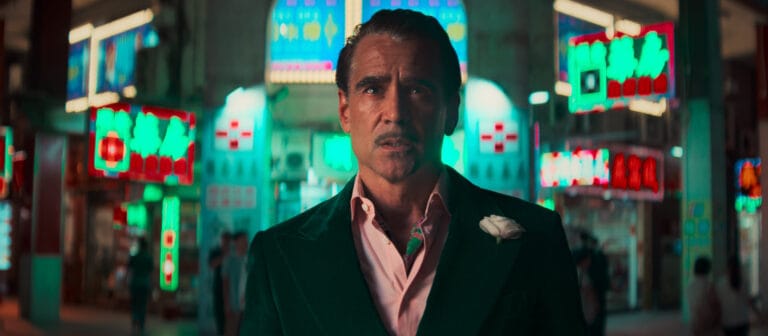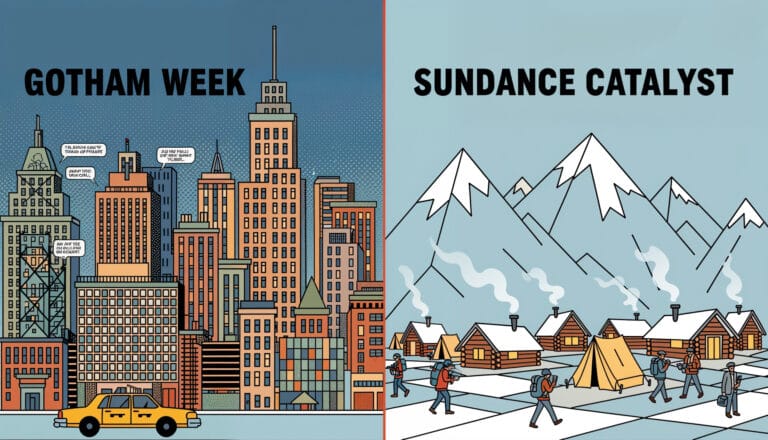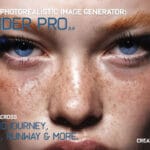- Periodic Labs $300M funding for a startup founded by ex-OpenAI and DeepMind talent signals a major industry pivot from content generation AI to foundational models designed for complex problem-solving and research.
- AI as a Research Partner: This new class of AI will act as a creative research partner, capable of discovering optimal workflows, simulating complex visual effects, and even analyzing scripts for narrative consistency, democratizing the R&D power of major studios.
- From Execution to Intention: The core job of a creative will shift from manual execution to high-level direction. As AI automates technical discovery, the value of a strong, clear creative vision and the ability to guide these powerful systems becomes paramount.
In the ever-accelerating world of artificial intelligence, it’s easy to get mesmerized by the latest text-to-video model or image generator. We’ve seen AI create stunning visuals, write scripts, and compose music. However, while the creative world has been focused on these In the ever-accelerating world of artificial intelligence, it’s easy to get mesmerized by the latest text-to-video model or image generator. We’ve seen AI create stunning visuals, write scripts, and compose music. However, while the creative world has been focused on these generative marvels, a deeper and more profound revolution has been quietly gaining momentum. The recent news that the Periodic Labs $300M funding spearheaded by ex-OpenAI and DeepMind researchers to build a new foundational model for chemistry is more than just another big number; it’s a seismic tremor signaling a shift from AI that creates content to AI that drives discovery. This is the dawn of automating scientific discovery with AI, and for filmmakers and creatives, it’s a wave that will reshape our entire industry, from the physics of a single rendered pixel to the very structure of storytelling.
The New Gold Rush: The Shift to Foundational AI Models
The current generation of AI tools, as powerful as they are, primarily operates on pattern recognition and recombination. They are masters of interpolation, trained on vast datasets of existing human creativity. The emerging trend, exemplified by companies like Periodic Labs, is the development of foundational models that go beyond imitation to achieve genuine reasoning and problem-solving. This is the core of automating scientific discovery with AI. It represents a fundamental change in ambition: from creating a believable image of a starship to calculating the most efficient way to design a real one. This isn’t just about iterating on what we know; it’s about building AI systems that can conduct virtual experiments, form hypotheses, and uncover novel solutions to complex challenges, whether in material science or in procedural animation.
This paradigm shift is backed by some of the biggest names in technology, including Andreessen Horowitz, Nvidia, and Jeff Bezos. Their massive investment in Periodic Labs isn’t an isolated event but a clear indicator of where the smart money believes the future lies. We’ve seen precursors to this in projects like Google DeepMind’s AlphaFold, which solved the decades-old challenge of protein folding. While this may seem distant from a film set, the underlying principle is identical: using AI to navigate an impossibly vast sea of possibilities to find a perfect, previously unknown solution. Imagine this same power applied to discovering a new, hyper-efficient rendering algorithm on the fly or generating a perfectly stable physics simulation for a complex destruction scene in a fraction of the current time. These are the kinds of breakthroughs that foundational models for discovery will unlock.
For filmmakers, this matters because the tools we use tomorrow will be built on these discovery-oriented models. The focus will move from simply executing a command (“create a cinematic shot of a rainy street”) to solving a problem (“design the most emotionally resonant lighting for this dramatic scene, optimized for a budget of $5,000”). This transition demands a new mindset. The practical tip for today’s creative is to begin reframing your workflow challenges as problems for an AI to solve. Instead of just using a tool for a task, start thinking about the underlying principles. Experiment with advanced prompting in tools like our AI Render Pro to push the boundaries of what’s possible, not just generating an image but testing a visual hypothesis.
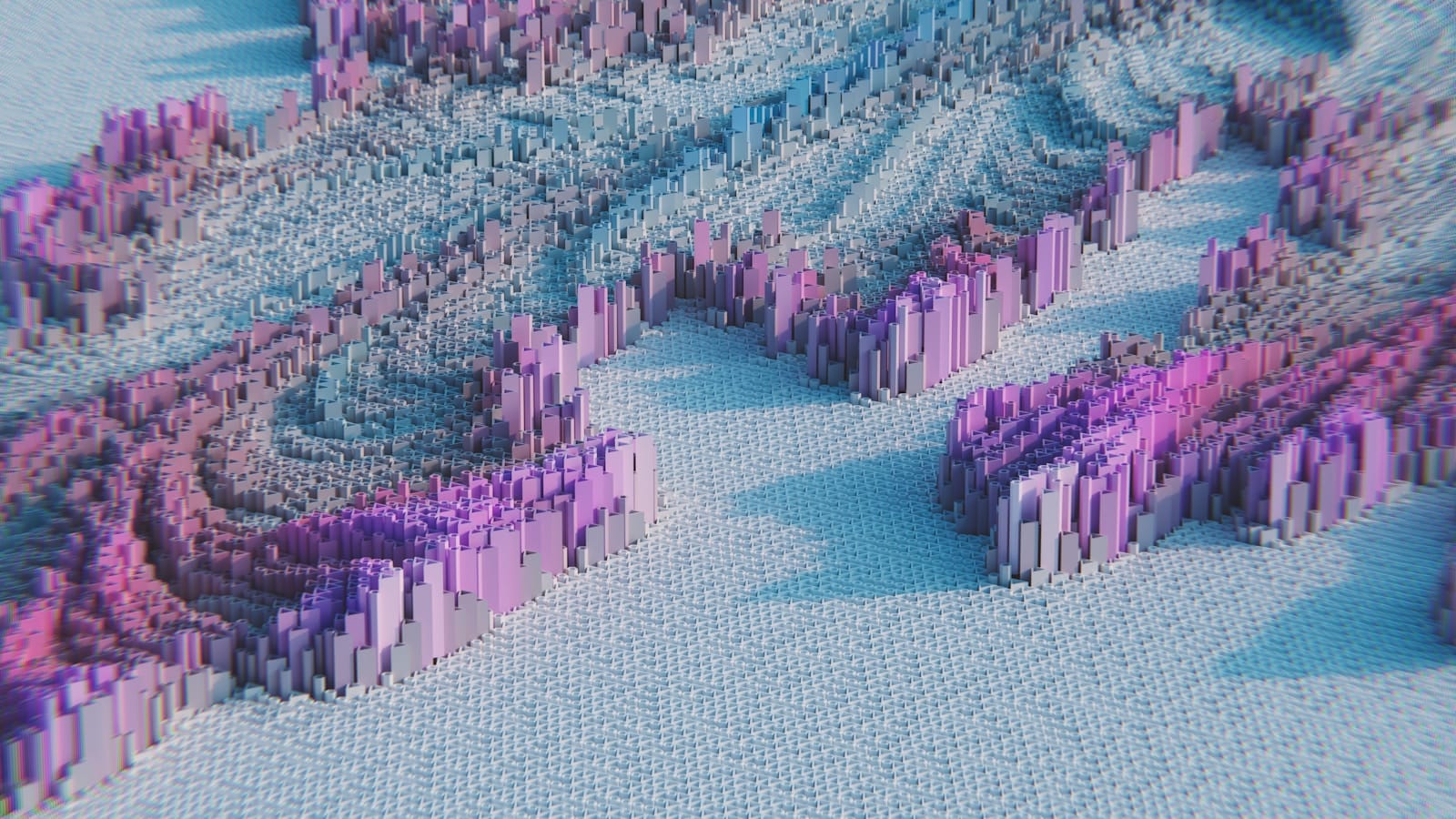
Beyond Generative Tools: AI as a Creative Research Partner
As this new wave of technology matures, the role of AI in the creative process will evolve from a simple tool into a sophisticated research partner. The process of automating scientific discovery with AI extends directly into the realm of creative R&D, offering filmmakers the ability to explore and validate ideas with unprecedented speed and depth. This is not about an AI telling you what story to write, but about it providing the analytical power to see your story from a thousand different angles at once. It’s a collaborator that can instantly model the narrative implications of a character’s choice or simulate the audience’s likely emotional response to a specific editing rhythm, transforming creative intuition into data-backed insight.
Consider the practical applications on a modern production. A director could use a discovery AI to analyze a script and generate a visual “possibility space” for a key scene—hundreds of variations in blocking, lighting, and camera movement, all physically and narratively consistent, allowing them to discover the perfect shot rather than just settling for the first good idea. In post-production, a VFX supervisor could task an AI with finding the most photorealistic yet art-directed method for simulating fire, running millions of micro-simulations to invent a new technique tailored to the film’s unique aesthetic. This approach elevates current Filmmaking AI Workflows from a series of generative steps to a dynamic, exploratory dialogue between the artist and the machine.
This evolution is profoundly democratizing. The kind of intensive R&D that was once the exclusive domain of behemoths like Pixar or Wētā FX will become accessible to independent creators. An indie filmmaker will be able to leverage an AI research partner to solve complex technical problems that would have previously required a team of specialists and a massive budget. The immediate practical tip is to start treating current AI as a brainstorming partner. Use it to challenge your assumptions. Feed it a scene from your script and ask for ten unconventional ways to stage it, or prompt it to act as a seasoned cinematographer and suggest lens packages that would evoke a specific, obscure emotional tone. This trains the creative muscle needed to direct, rather than just operate, the more powerful tools to come.
Automating the Technical: New Frontiers in VFX and Virtual Production
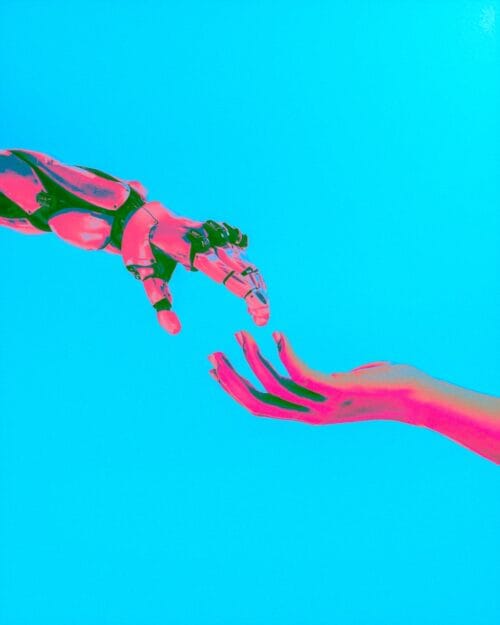
The most immediate and tangible impact of automating scientific discovery with AI will be felt in the highly technical disciplines of visual effects and virtual production. For decades, VFX artistry has been a delicate balance of creative vision and painstaking technical execution. Foundational AI models promise to automate vast swathes of that execution, freeing artists from the tyranny of the tedious and empowering them to focus purely on the art. This isn’t about replacing the artist; it’s about removing the friction between their imagination and the final pixels on screen, allowing for a more fluid and intuitive creative process.
Imagine a virtual production stage running on a discovery-based AI engine. Instead of manually adjusting thousands of parameters for a digital environment in Unreal Engine, a production designer could provide high-level creative direction: “I need a forest that feels ancient, menacing, and magical, with lighting reminiscent of a Caspar David Friedrich painting.” The AI would then not just generate a static environment, but an entire procedural system for creating that specific mood, discovering the optimal algorithmic relationships between tree density, fog volume, and light scattering to achieve the desired emotional effect. In character animation, an AI could automate the entire rigging process by truly understanding anatomy and physics, producing rigs that are not only technically perfect but also intrinsically suited to the character’s unique performance requirements.
The significance of this cannot be overstated. It represents a quantum leap in efficiency and creative freedom, collapsing production timelines and budgets for high-concept visuals. This allows independent filmmakers to dream bigger and brings blockbuster-level quality within reach of a much broader range of creators. To prepare for this future, a crucial tip for technical artists and filmmakers is to focus on developing your “art direction” language. The ability to articulate a creative goal with precision and emotional clarity will become more valuable than mastering the specific buttons and sliders of any single software package. Start building your visual library and practice describing aesthetics in detail, as you will soon be directing an AI that can understand and execute on that vision with near-perfect fidelity, guided by your expertise in our Midjourney Mastery Guide.
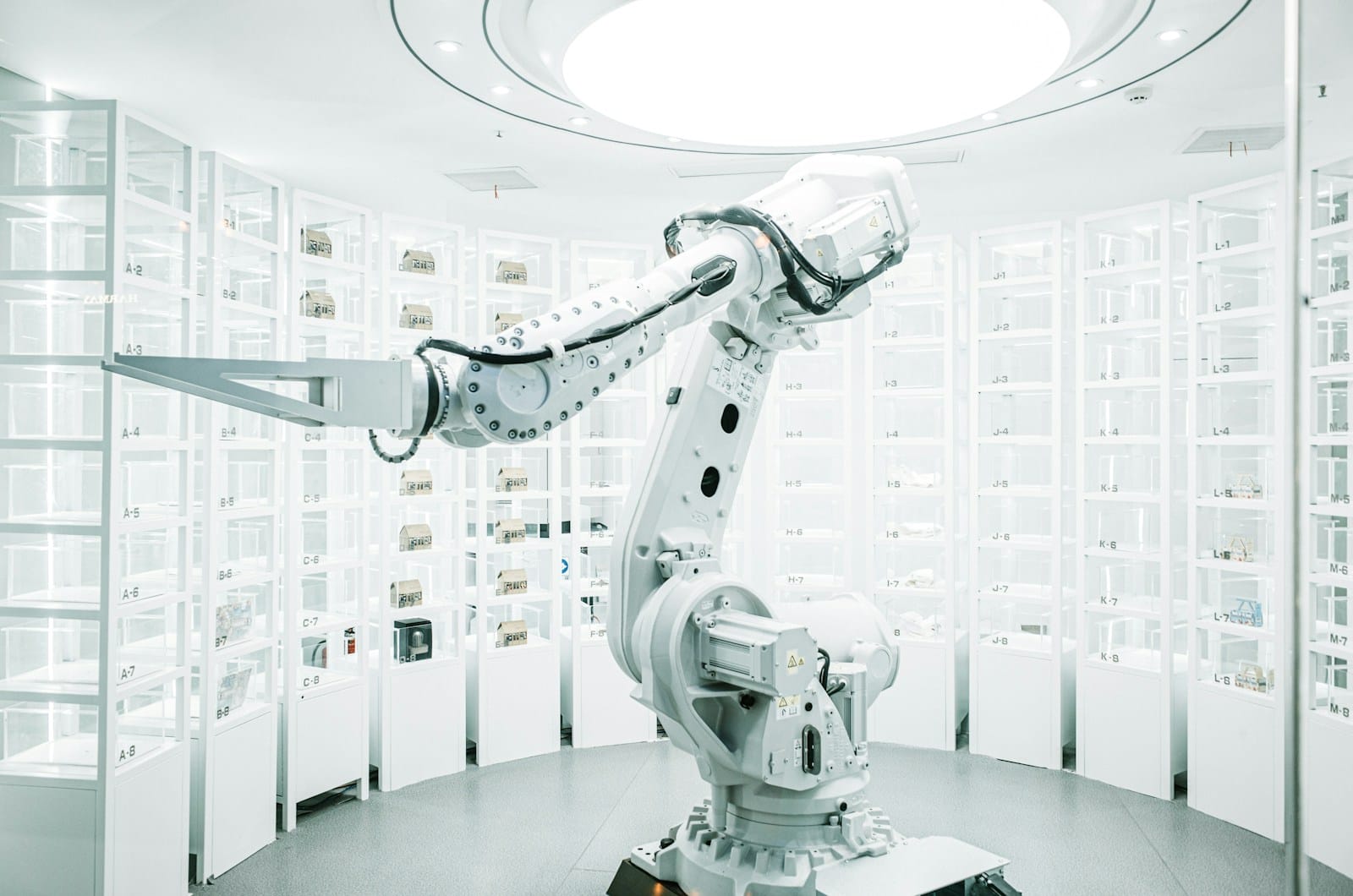
The Artistic Implications of AI-Driven Discovery
As we look beyond the immediate technical benefits, the rise of AI-driven discovery forces us to ask profound questions about the nature of creativity itself. When a machine can not only generate art but also discover novel creative principles, what is the role of the human artist? The answer is that the artist’s role becomes more essential, not less. The focus shifts from the craft of execution to the high-level art of intention, curation, and taste. The ultimate vision, the “why” behind the project, remains a deeply human domain. Automating scientific discovery with AI provides an infinitely powerful orchestra, but it still needs a conductor.
This new creative paradigm positions the filmmaker as a chief visionary, guiding a powerful research partner to explore uncharted narrative and aesthetic territories. A screenwriter could collaborate with an AI to develop characters with truly complex and consistent psychological profiles, using the AI to “discover” surprising yet inevitable behaviors based on a given set of core motivations and backstory. A composer might use a discovery model to explore non-traditional scales and harmonic progressions, creating soundscapes that are genuinely new to the human ear. This is not a process of accepting the first thing the AI generates, but of engaging in a creative dialogue, using the AI’s boundless exploratory power to augment and refine a singular human vision.
Ultimately, this technological leap will empower creators to tackle stories of greater complexity and ambition than ever before. It removes technical limitations as a barrier to imagination. The most important tip for every creative professional is to double down on what makes you human: your unique perspective, your emotional intelligence, your taste, and your ability to tell a compelling story. Learn to see AI not as a competitor, but as the most powerful creative apprentice imaginable. Your job is to be the master with the vision, ready to guide this apprentice to create works that were previously impossible, defining the next century of cinematic arts.
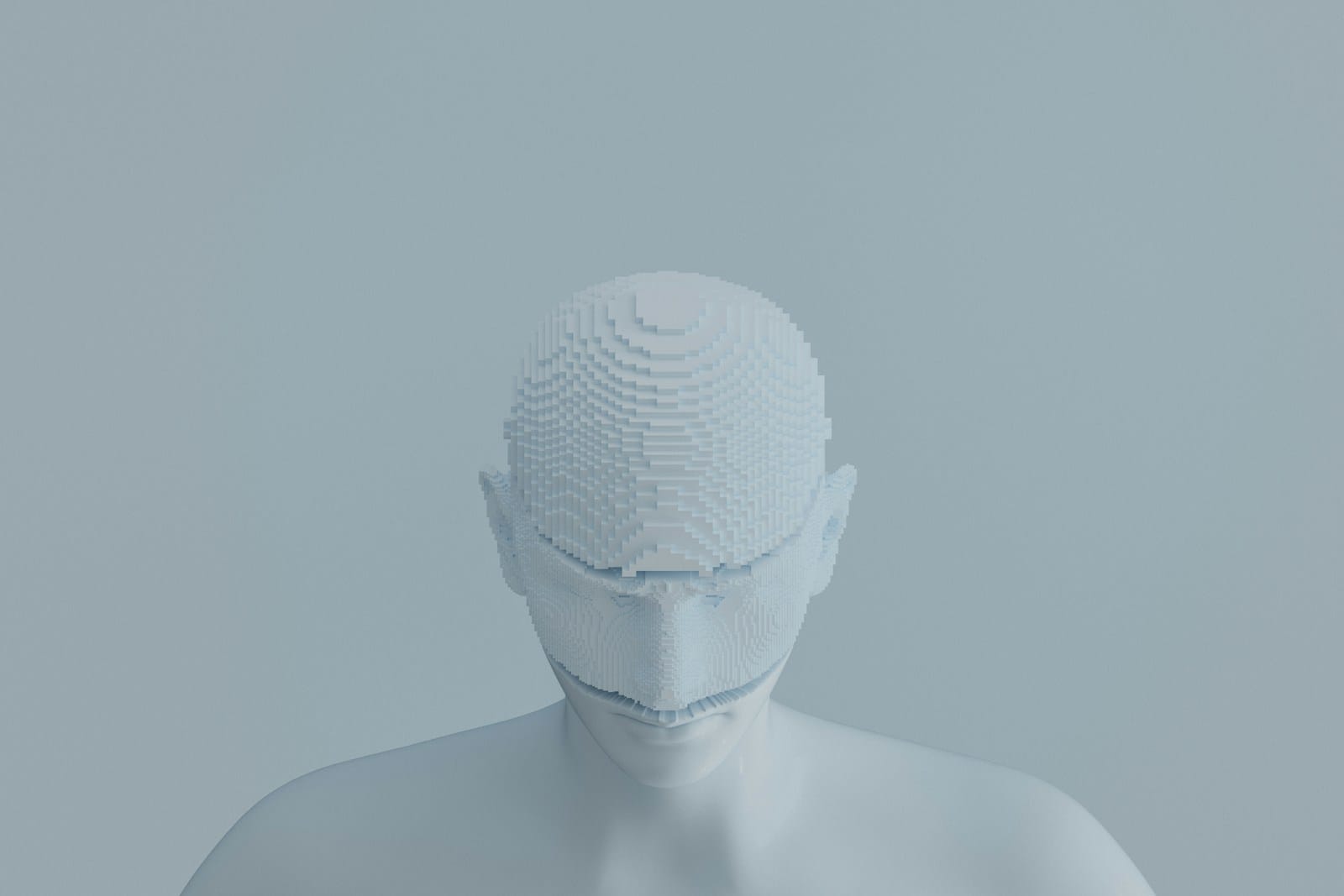
Internal Links for Further Learning
- Explore how to integrate these concepts into your work with our guide on Filmmaking AI Workflows.
- Master the art of prompting for visual discovery with the Midjourney Mastery Guide.
- Get hands-on with a tool designed for cutting-edge visual creation with AI Render Pro.
Conclusion
Tone to be embraced. The recent Periodic Labs $300M funding led by ex-OpenAI researchers marks the beginning of this new era where technical barriers dissolve and creative reach is limited only by our vision. We are about to collaborate with AI to discover entirely new forms of cinematic expression. To stay at the vanguard of this change, start exploring tools that put you in the director’s chair of AI creation. Check out AI Render Pro to begin mastering the language of AI collaboration and prepare yourself for the incredible creative journey ahead.
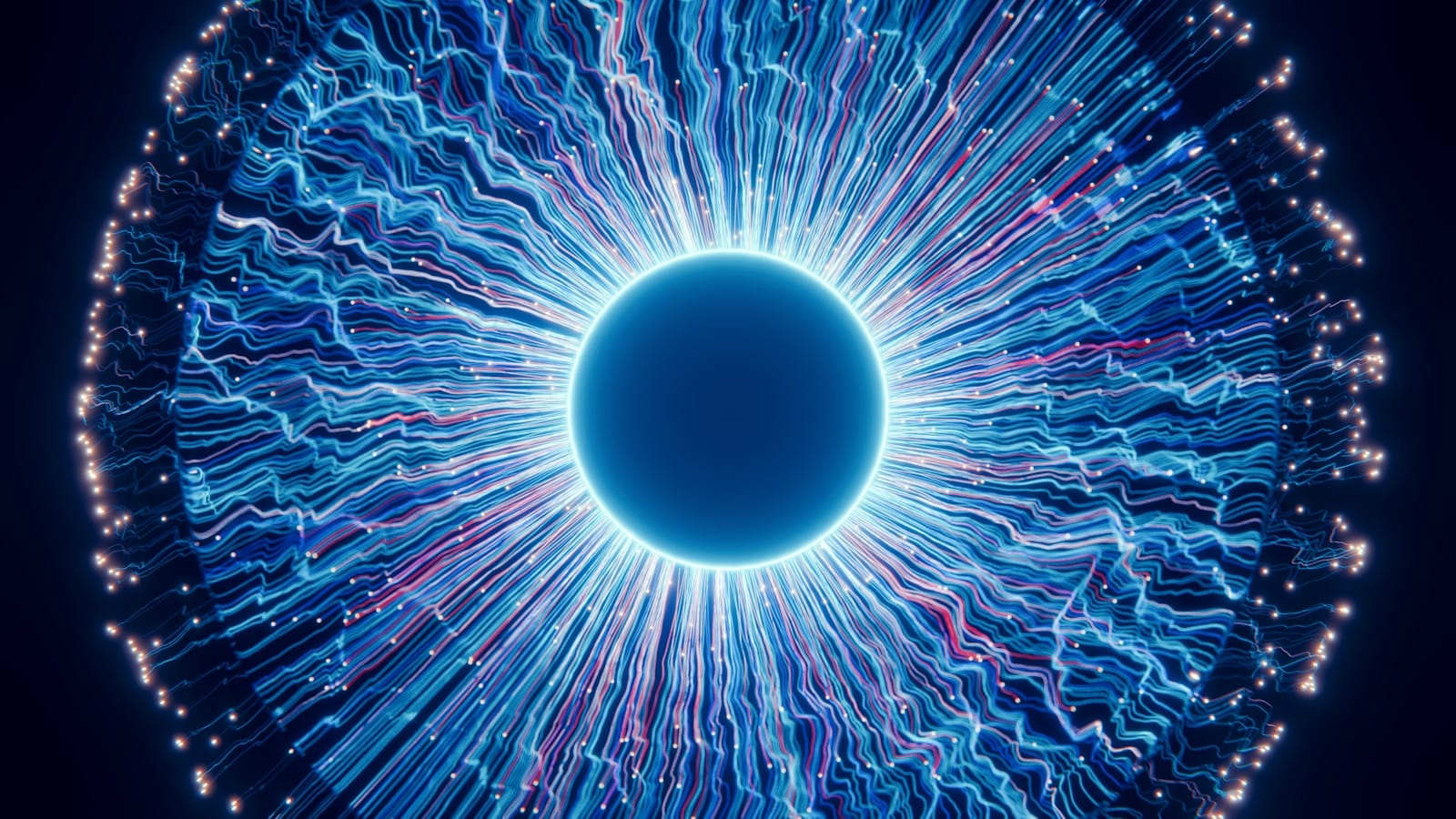
FAQ
What is a foundational AI model for discovery?
A foundational model for discovery is a type of large-scale AI system designed not just to recognize patterns or generate content, but to reason, run virtual experiments, and solve complex problems. Unlike a model trained to create an image, a discovery model could be tasked with finding a new, more efficient algorithm or a novel chemical compound.
Will AI that automates discovery replace creative jobs?
It’s more likely to transform them. While it will automate many tedious technical tasks (like rigging or rotoscoping), it will also create a higher demand for creatives with strong vision, taste, and art direction skills. The human role will shift from manual execution to guiding and curating the output of these powerful AI systems.
How can I start preparing for this shift right now?
Begin by focusing on your conceptual and strategic skills. Practice articulating your creative vision with precision. Use current AI tools not just as generators but as brainstorming partners to challenge your assumptions. Most importantly, stay curious and cultivate a mindset of lifelong learning, as the tools and workflows of the creative industries are set to evolve rapidly.
Discover more from Olivier Hero Dressen Blog: Filmmaking & Creative Tech
Subscribe to get the latest posts sent to your email.

